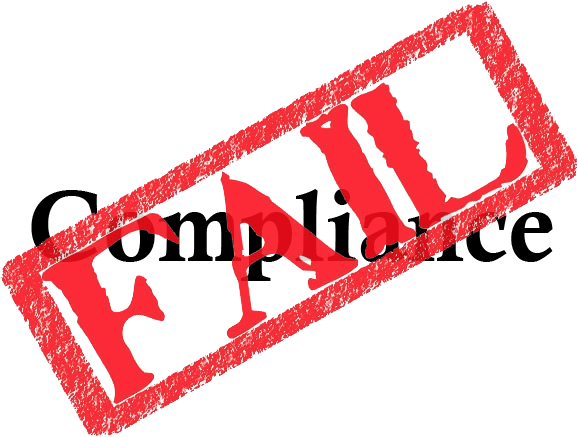In previous years, supplier compliance was oftentimes built on trust. With FSMA tightening the reigns on compliance via auditing and documentation requirements and unannounced inspections, a higher level of accountability is being placed on companies, from the employees on the manufacturing floor all the way up to the C-suite. However, when senior executives start digging into the level of compliance maintained by their suppliers, they might not like what they find. In fact, they might be downright shocked, according to Randy Fields, chairman and CEO of Park City Group. “Instead of maintaining control over these issues of compliance, by delegating it and not properly supervising it, they’ve [senior management] lost visibility,” Fields says. “They have to be more involved than in the past, because they’re on the hook for it. But, they’re going to discover that their supply chain is nowhere near as compliant as they imagined.” In a Q&A with Food Safety Tech, Fields discusses how FSMA is changing the game for executives in the food business.
Food Safety Tech: In the context of supply chain accountability, increased interaction is now essential between food safety managers and executives. What level of awareness is required in the C-suite?

Randy Fields: Given the change in the law (FSMA), the regulatory world, and increasingly, the world of tort, the unfortunate reality is that the C-suite in nowhere near as aware of the issues of accountability in the supply chain as they need to be. It breaks down into two pieces: First, they have entrusted supply chain compliance to other people in the business; it’s been dropped down too far within the organization without the proper oversight.
Second, they don’t have a good way of measuring compliance—it’s been based on trust. Compliance has become more complex and as a function of the complexity, [senior management] doesn’t have a good set of tools by which they can stay on top of compliance and measure it.
With the change in the law, accountability has legally moved up to the C-suite, because FSMA, for all intents and purposes, brings Sarbanes–Oxley to the FDA. Between FSMA and tort, the way that it’s been is about to change very dramatically, but the surprises are all downside surprises. The consequence of trust without verification is now likely to lead both to litigation and possible criminal conviction. This is a different world.
The basic level of compliance in the global supply chain is far worse than anyone ever imagined. It will be not unlike turning over stones in your backyard in terms of what’s going to crawl out.
“Personal liability is probably the ultimate determinate of whether or not the C-suite starts to pay attention.” –FieldsFST: Is there a larger responsibility on the part of food safety managers to translate the compliance message to the C-suite?
Fields: I think it’s now both the appropriate responsibility and potentially the legal responsibility of food safety managers to insist that their C-suite become aware and provide them both the oversight and the tools by which compliance can be continually and professionally supervised and managed. I think failure to do that represents negligence.
Tort claims are getting more frequent and larger for foodborne illness problems. And now with both civil and criminal penalties potentially being applied by the FDA, it’s a game changer. It cannot be business as usual. This changes the world for food safety managers, and it changes the world for their bosses. We live in a world now where, whether we like it or not, the concept of accountability is about to be more legally enforceable.
The Peanut Corporation of America sentences are exemplary. But strict liability means that there can be a criminal prosecution without intent or even conceptually gross negligence. It is only a matter of fact that you supervised the function that was involved.
There’s a set of issues here that food safety managers should be bringing to the attention of senior executives. It’s beholden on them to say to these guys, ‘you have to pay more attention to this because you’re legally, civilly and criminally on the hook.’
FST: Do these factors have an impact on the type of professionals that are needed within food businesses?
Fields: Yes. I suspect that what will happen over the long term is that food safety will not be as much [about] science as it is compliance. In many companies, the food safety people tend to be the scientists who may not be as interested in the whole compliance problem. Increasingly, it’s the whole problem of compliance, not just the problem of food science.
We typically see within a company that someone manages the insurance part of the supply chain; someone else manages the food safety part of the supply chain, and someone else manages some other part of it: All of that fits under the rubric of compliance. We’re seeing more and more companies beginning to address this holistically.





